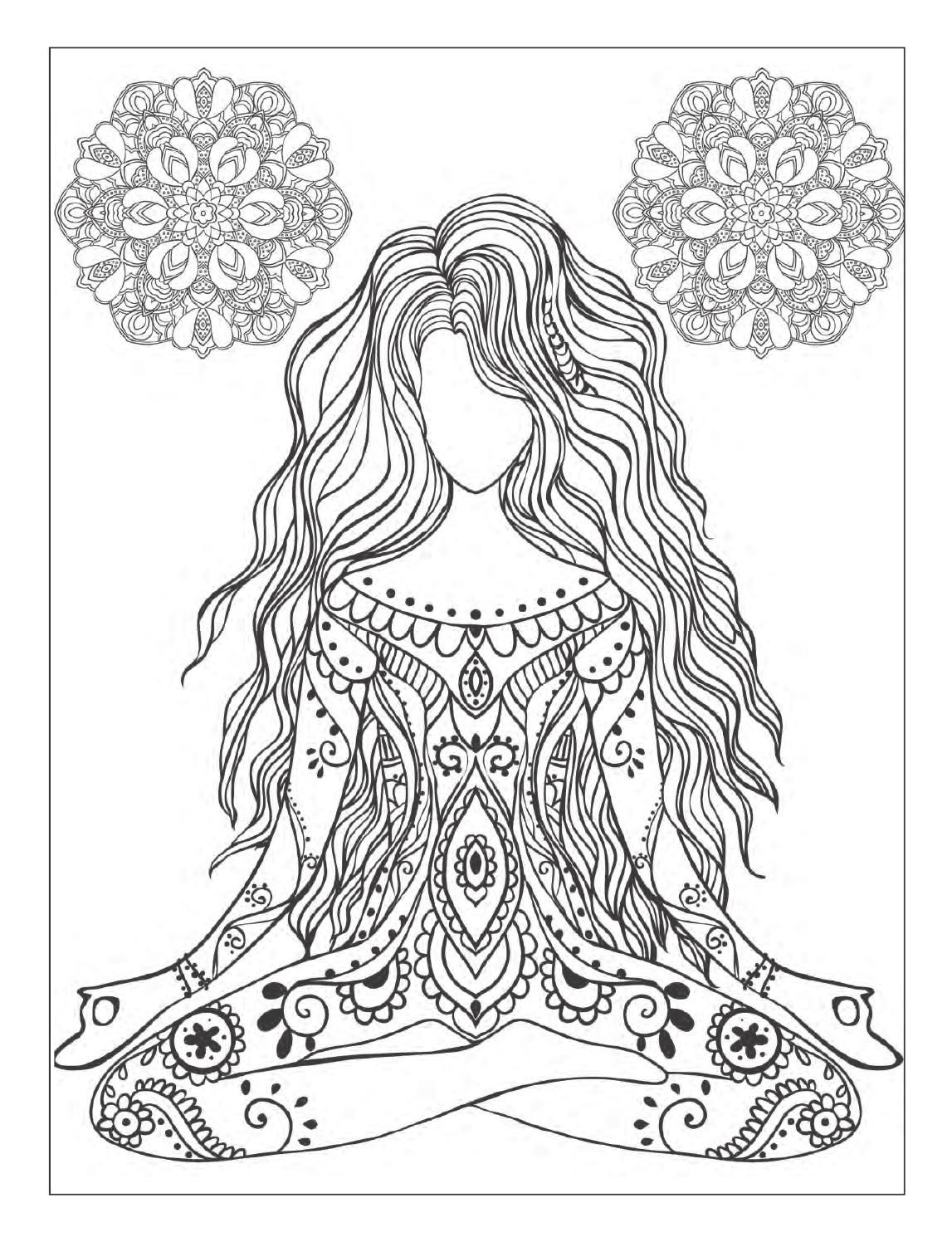
The following are just some of the ways in which you can benefit from practicing mindfulness through art. The beauty of mindfulness is that it can be practiced in most facets of life – art is just another path to mindfulness for those looking at alternative ways to improve their adeptness in the area. It may come as no surprise to those who already engage in artistic pursuits that practicing mindfulness through art has a multitude of benefits and positive outcomes. When drawing everyday objects like an orange or flowers, the artist may dedicate a substantial amount of time observing the texture and color of an object they may have used every day for years and yet never truly noticed.Ĩ Benefits of Practicing Mindfulness Through Art While mindfulness techniques focus one’s attention on the body or one’s breathing, in art-making the focus is on creating in the moment. If we consider mindfulness as encapsulating a state of open-minded, moment-to-moment awareness and involvement it is clear that these factors can also be attributed to the focus required when engaged in creative pursuits.Īrtists of all abilities can find themselves occupied with tiny, almost unnoticeable details.

According to De Dreu, Nijstad, Baas, Wolsink, & Roskes (2012), a number of competencies are associated with both mindfulness and creativity.įor instance, practicing mindfulness reduces the fear of judgment this lack of fear is conducive to creativity – indicating that mindfulness may be directly and indirectly related to creative thinking and creative achievement. In many ways, mindfulness encourages creativity and creativity encourages mindfulness. If the solution is found to be unsatisfactory the four creative stages can be repeated from the beginning. The appearance of a solution in an ‘aha’ moment. The stage during which the problem is not consciously being thought about.

A problem is consciously investigated using imaginative, divergent thinking (a method of generating creative ideas by exploring the many possible solutions). This first and most important stage is, in essence, mindful thinking. According to this model, there are four key stages in the creative process that involve both conscious and unconscious thinking: It posited that mindfulness goes hand in hand with creativity. Wallas (1926) outlined the four stages of creativity, a framework for training our minds to be more creative. By looking at their many shared characteristics and outcomes, one can see how creativity and mindfulness are interconnected. The aim of traditional mindfulness techniques is to achieve a state of alert, focused relaxation by paying deliberate attention to thoughts and sensations. The development of mindfulness is a reliably effective method to reduce symptoms of anxiety, stress, and depression, while simultaneously encouraging improvements in self-regulated behavior, cognitive, emotional, and interpersonal functioning (Lebuda, Zabelina, & Karwowski, 2015).įor these reasons and many more, mindfulness is an important skill to develop. Mindfulness is a state of sustained and alert awareness resulting from being focused on the present moment (Brown & Ryan, 2003).

What’s in a Mindfulness Jar? (Recipe Includes Glitter).8 Benefits of Practicing Mindfulness Through Art.These science-based, comprehensive exercises will not only help you cultivate a sense of inner peace throughout your daily life but will also give you the tools to enhance the mindfulness of your clients, students, or employees.
#Mindful coloring download#
In this article, we will look at mindfulness and its relationship to creativity, the benefits of practicing mindfulness through art, and some of the ways you can incorporate creative mindfulness into your daily life.īefore you continue, you might like to download these three Mindfulness Exercises for free. The exponential rise in popularity of mindfulness coloring is a testament to our on-going love affair with creative pursuits. Humans began adorning caves with art more than thirty thousand years ago and our obsession with observing and making art continues to this day.

There are many ways in which this state can be achieved: focused breathing, observation, meditation – even mindful creativity. When you consider its far-reaching benefits, it’s no real surprise that more and more of us are striving to achieve mindfulness.Ĭan we achieve mindfulness through artistic pursuits? Most definitely, yes. We are bombarded with sensory stimuli that prevent us from being fully present in the moment – with ourselves, others and our environment. In the hustle and bustle of modern life it is more important than ever to find ways to become attuned to our inner state and what is happening around us.


 0 kommentar(er)
0 kommentar(er)
